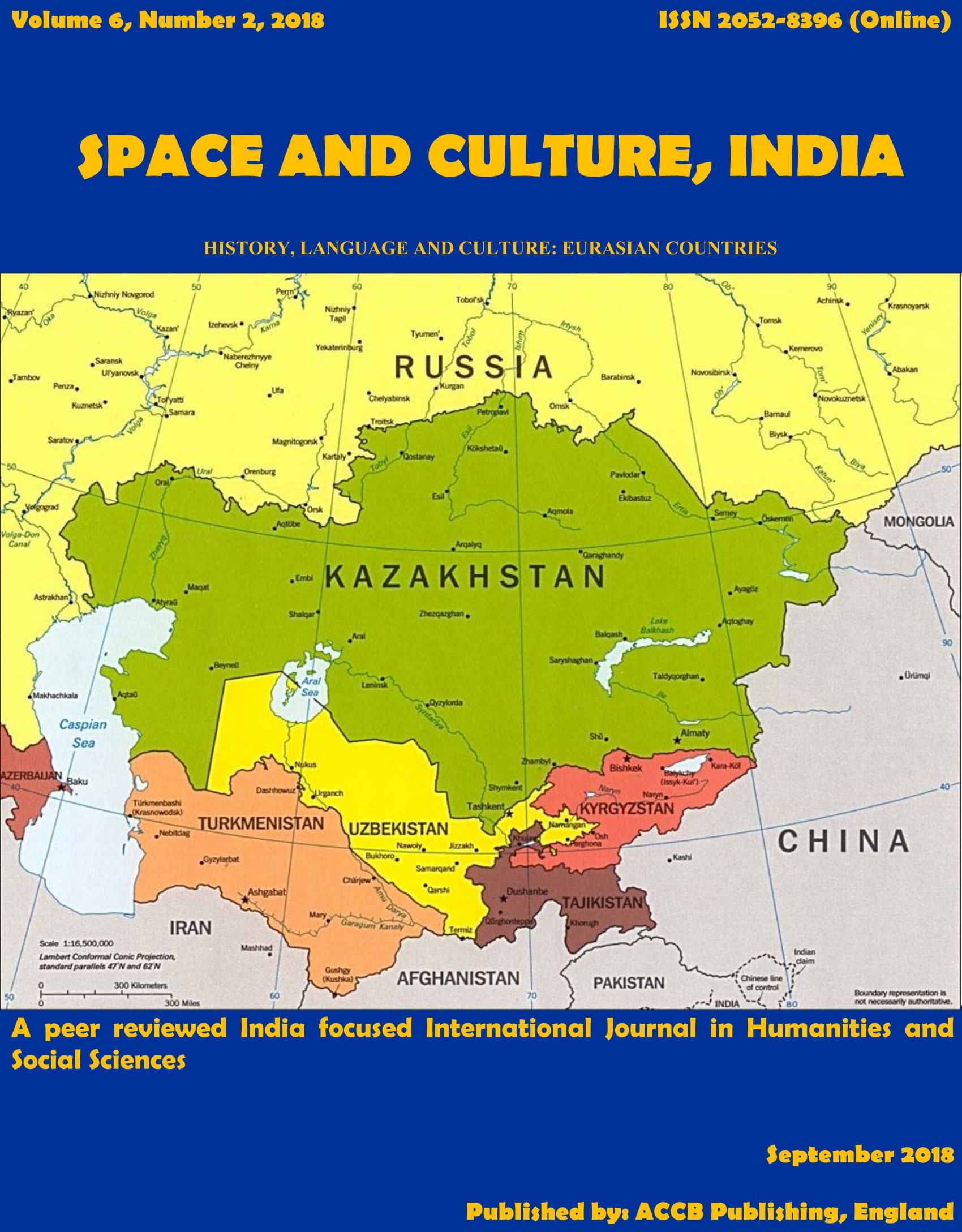Systematising the Microstructure of a Modern Dictionary of the Arabic Language

Abstract
This article is concerned with studying the influence of conservatism on the modern Arabic lexicography, namely the structure of its dictionary entries and interpretation methods. "The Large Arabic Dictionary" of the Academy of the Arabic Language in Cairo has been chosen as the object of research since lexicographers regard it as the newest stage in the centuries-long evolution of the Arabic lexicography. Based on "The Large Arabic Dictionary", the comparative analysis touches upon the peculiarities of a modern general purpose dictionary of the Arabic language, definitions, methods of recording primary and derived verbs, and types of supporting data. The consistency between modern dictionaries of the Arabic language and their classical, medieval counterparts is analysed with regard to methods of organisation and interpretation. Omissions made by medieval lexicographers due to complex definitions and unsystematised dictionary entries are critically examined.
Keywords
Lexicography, General purpose Dictionary, Definition, Supporting data, Academy of the Arabic Language
References
Abd al-Mawla, M. (2007). Art of compiling dictionaries in the Academy of the Arabic Language in Cairo, Vol. 1, p. 144. Cairo: Academy of the Arabic Language in Cairo.
Apresyan, Yu. D. (1995). Selected works. Integral description of the language and systemic lexicography, Vol. 2. [in Russian]. Ðœoscow.
al-Alami, I. H. (1990). Loan-words in the Arabic language, ISESCO, 34, 266-280.
al-Farabi, A. N. (1986). Kitab al-Huruf, p. 272. Beirut: Dar al-mashrik.
al-Hatib, A. S. (1987). Modern Arabic lexicography, p. 128. Beirut: Dar al-garb al-islami.
al-Jilyali, H. (1999). Procedure of giving definitions in modern dictionaries of the Arabic language, p. 384. Damascus: Union of Arabic Writers.
as-Suyuti, A. R. (1988). Al-Iktirah Fi Ä°lm Usul An-Nahv, Vol. 1, p. 112. Cairo: Academy of the Arabic Language in Cairo.
at-Tahanui, M. A. (1996). Encyclopedia of the art and science terms, p. 2185. Beirut: Maktaba Lubnannashirun.
Boyko, K. A. Prozorov, S. M. (Ed.). (1991). Islam: encyclopaedic dictionary, p. 315. [in Russian]. Ðœoscow: Nauka, GRVL.
Daif, S. (2004). Scientific terminology. Collection of the Academy of the Arabic Language in Cairo, 102, 252-240.
Danilenko, V. P. (2011) Methods of linguistic analysis: a course of lectures [in Russian]. Moscow: Nauka.
Hablas, M. Y. (2006). Definition in the Arabic language. The Literary Journal of Ain Shams University, 34, 76-92.
Ibn Faris. (1979). Dictionary of Makais al-luga Vol. 2, p. 512. Amman.
Ibn Jinni. (1955). Al-Hasais, p. 585. Cairo: al-Haya al-amma lil-kitab.
Ibn Manzur (1993). Lisan al-arab, Vol. 1, p. 566. Beirut: Dar al-Ihya al-Turas al-Arabi.
Kushliy, H. (2002). Evolution of the Arabic Dictionary from the 19th Century to 1950, (Research, analysis, criticism), (p. 456). Beirut: Dar al-minhal al-lubnani.
Mabruk, N. A. H. (2003). Studies of the Arabic lexicography, p. 320. Cairo: al-Amana.
Nassar, H. (1988). Lexicon Arab origins and evolution [in Arabic]. DarMisrliat-tiba’a.
Rybalkin, V. S. (1984). Principles of the construction of Arabic lexicographic works of the VIII-XVIII centuries: Candidate of Philology's dissertation thesis (p. 24) [in Russian]. Leningrad.
The Large Arabic Dictionary, Vol. 2. (2006). p. 700. Cairo: Academy of the Arabic Language in Cairo.
The Large Arabic Dictionary, Vol. 2, p. 768. (2006). Cairo: Academy of the Arabic Language in Cairo.
The Middle Arabic Dictionary, p. 1112. (2011). Cairo: Academy of the Arabic Language in Cairo.